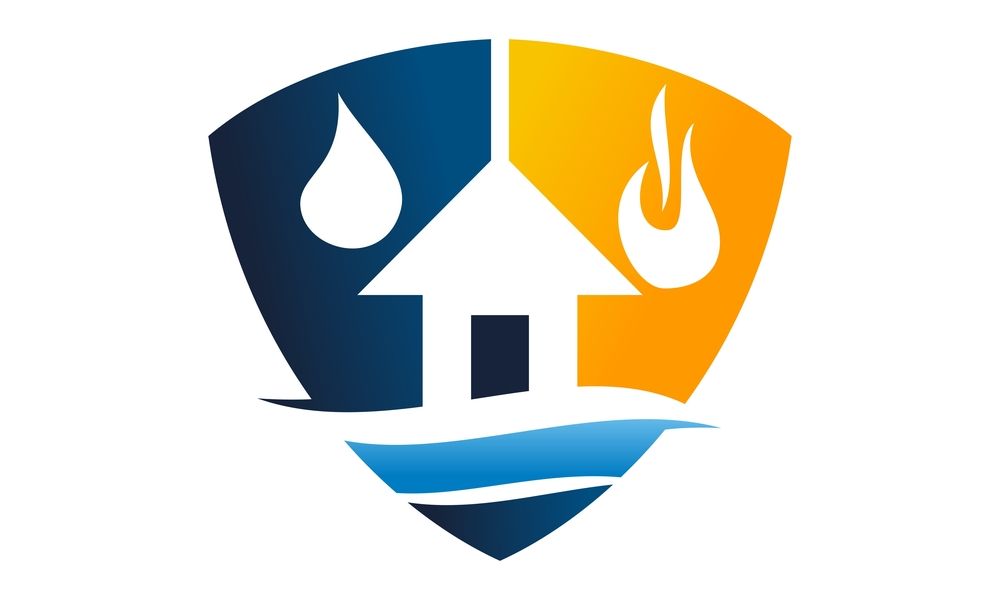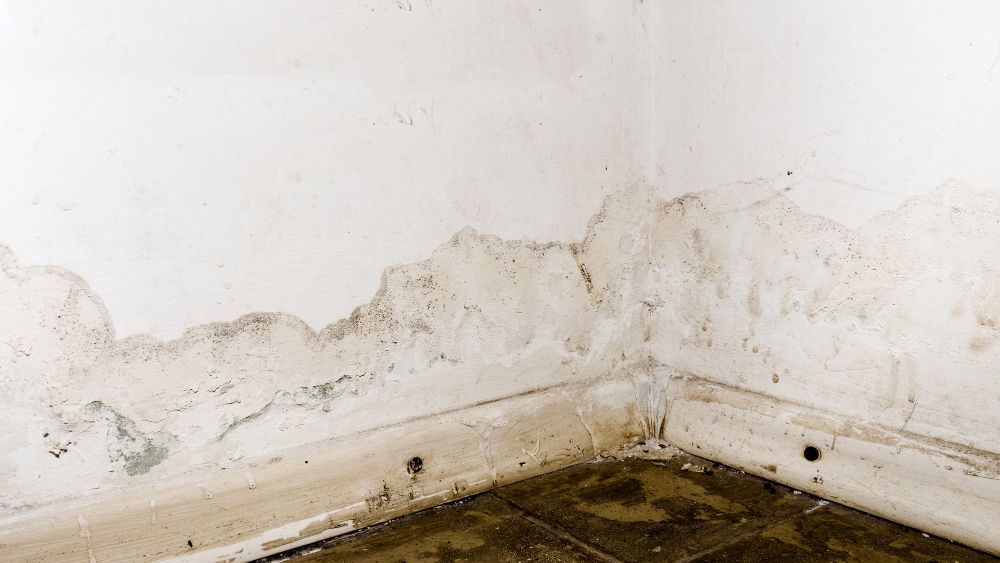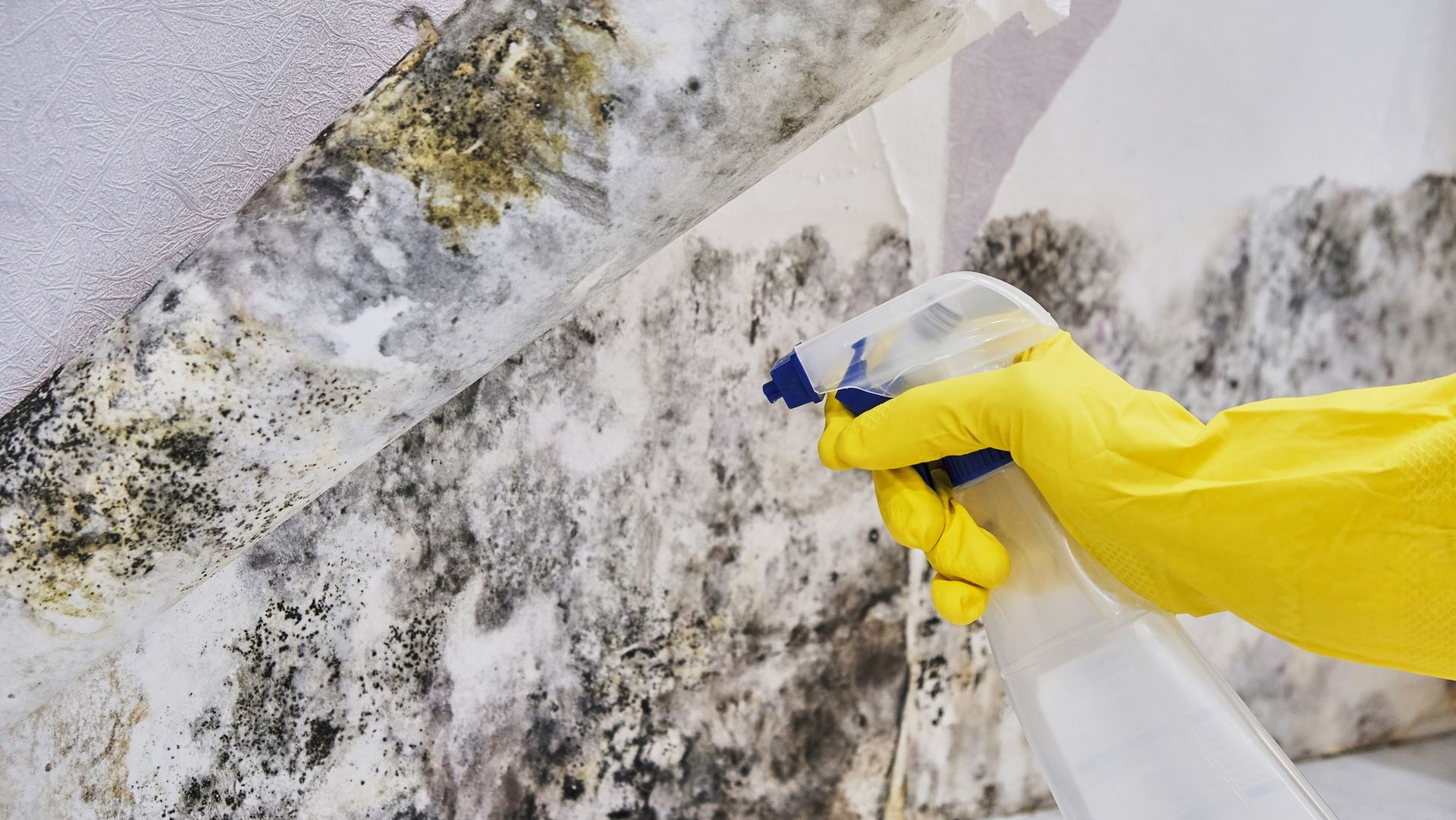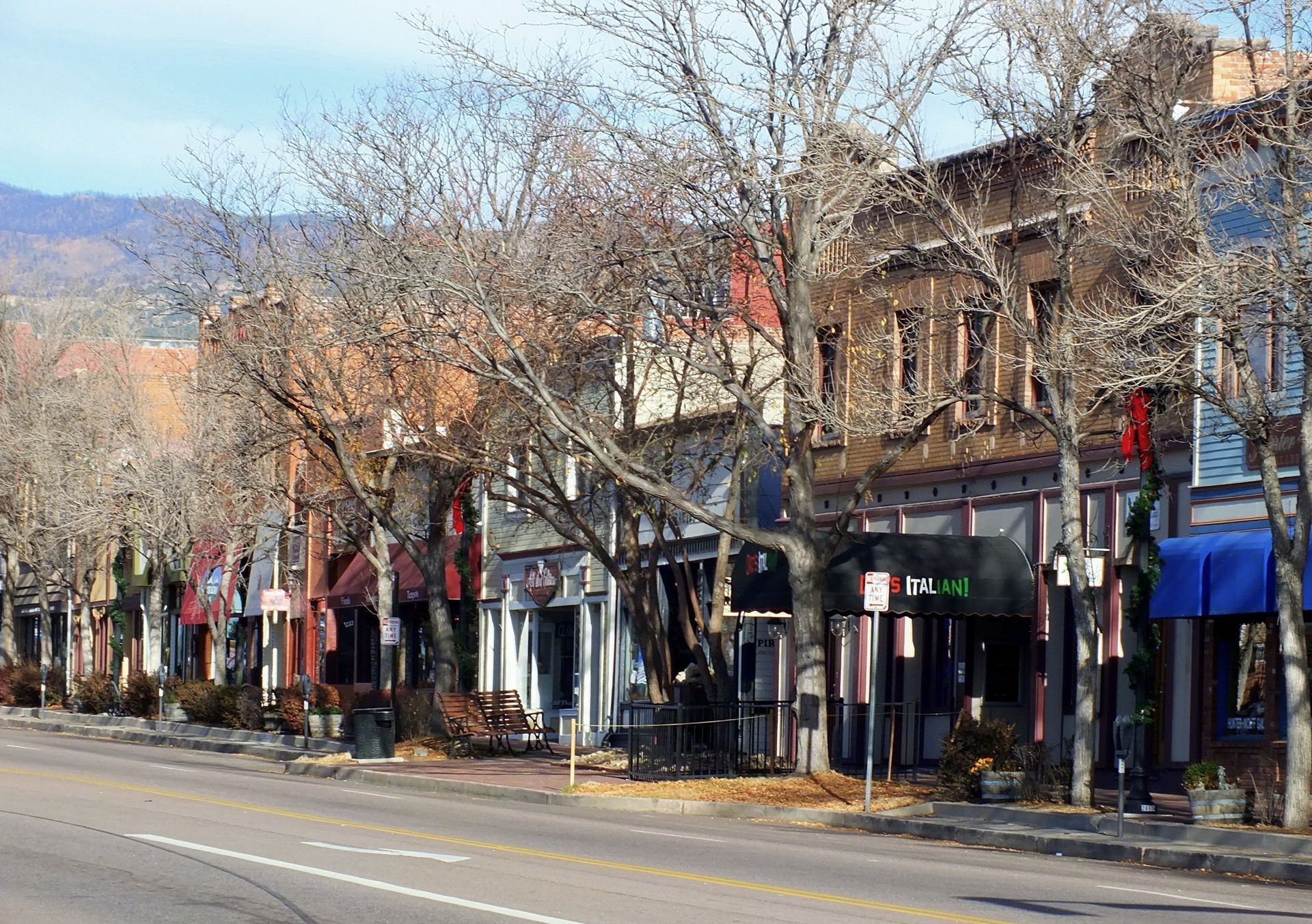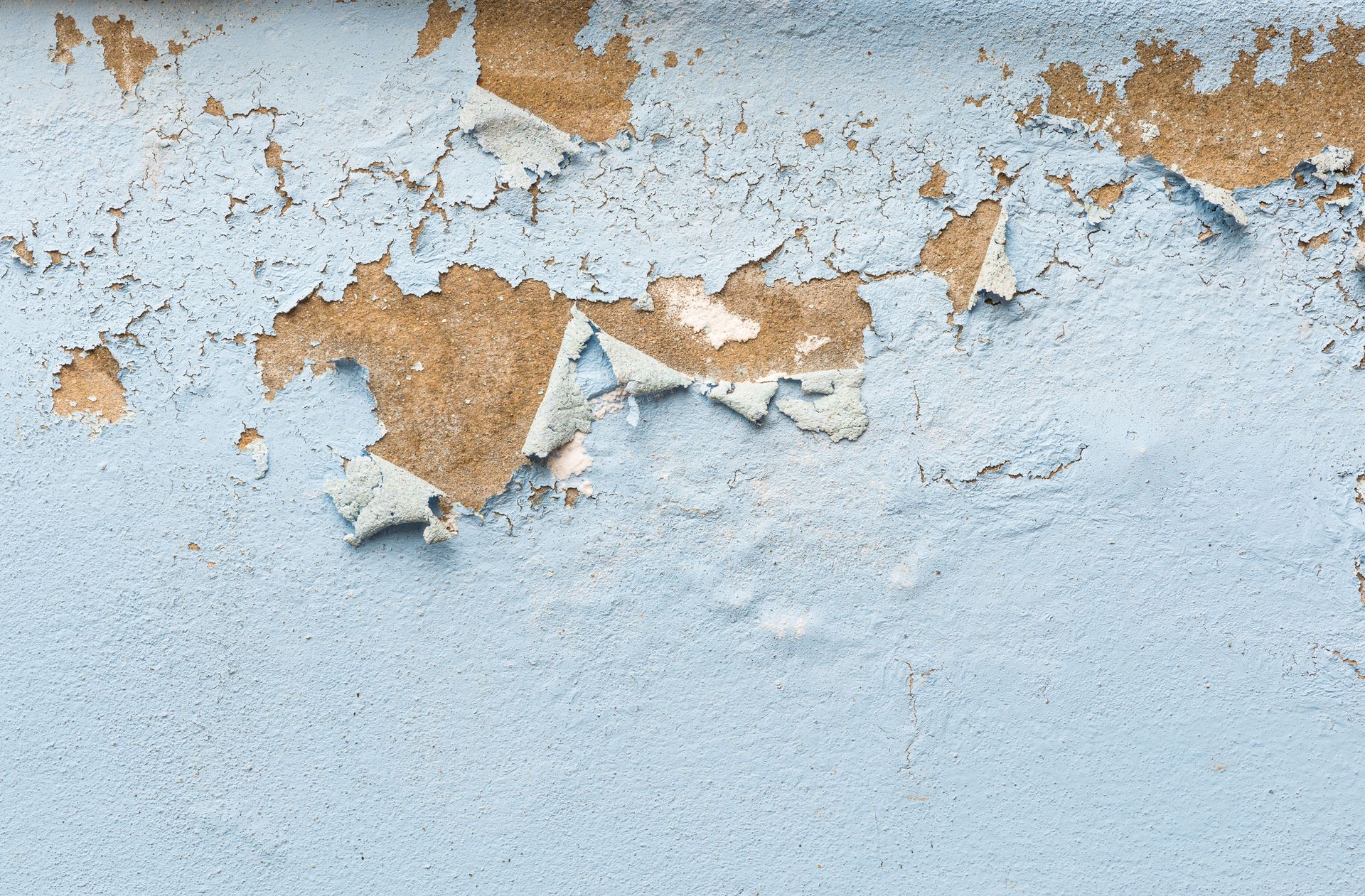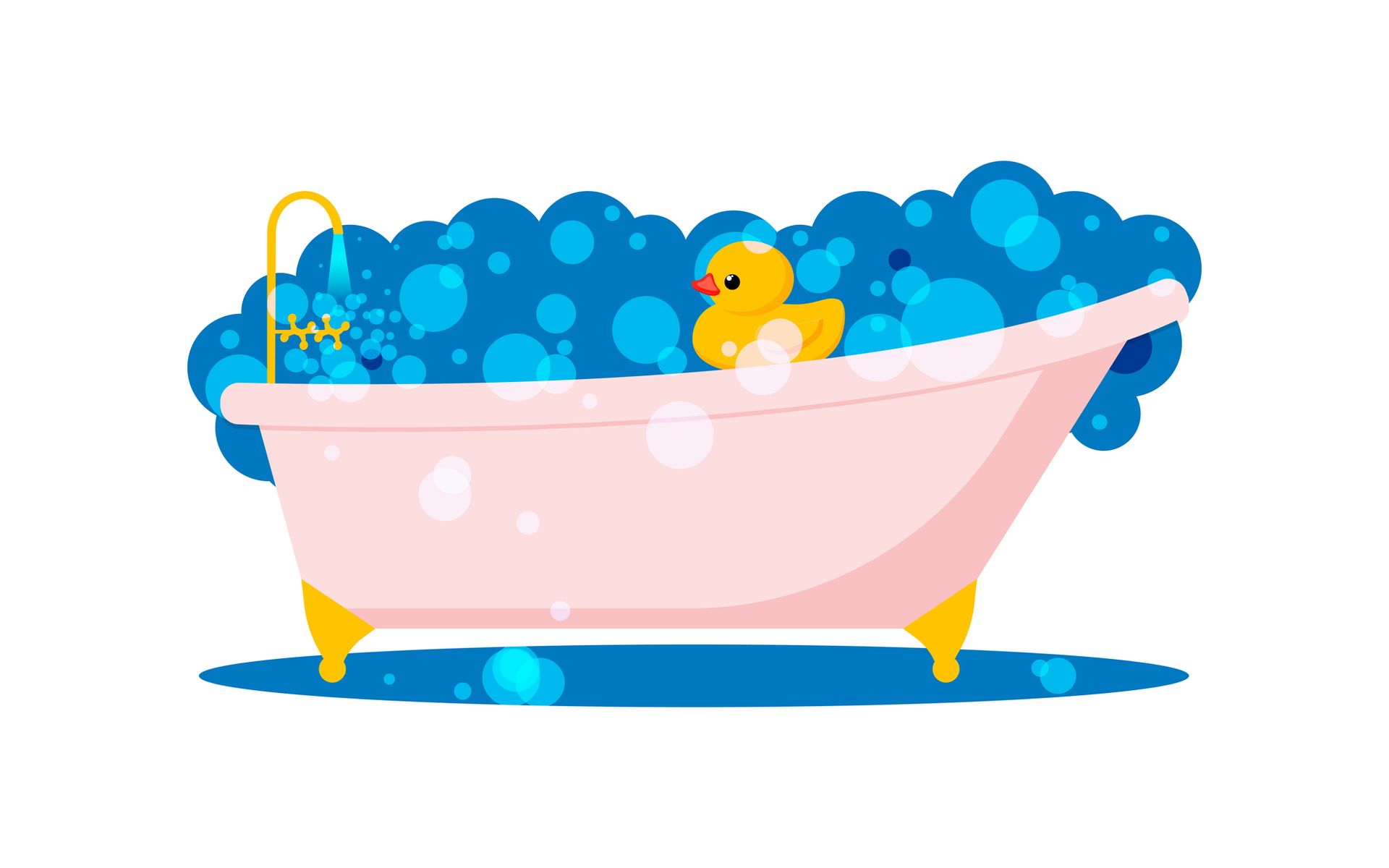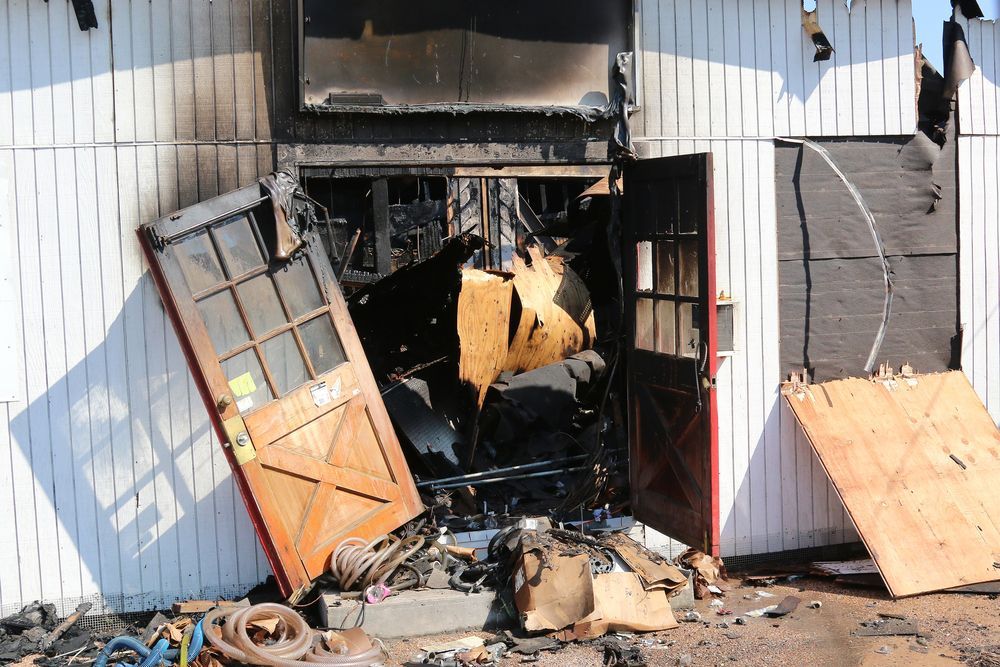
484-806-9274
Dealing with Rainwater Entering Through Windows
Dealing with Rainwater Entering Through Windows
-Bethlehem, PA

When it's raining outside, the last thing you want is rainwater entering your home. This typical problem can occur in any property when water can seep into the windows and doors, which can happen due to cracked windowpanes, improper weatherstripping, and a variety of other factors.
Window leaks are vital to be aware of and treat as soon as possible. This is because they frequently promote rot and mold growth, which can spread to other sections of your home and pose a health risk if not addressed swiftly. Responding to an active window leak might occur when you least expect it and at any time of day. This article was written to assist you in understanding the most common causes of window leaks, what they signify, and how to respond if you detect one in your home.
What Causes Window Leaks
Many consumers are unaware that their window leaks might be caused by factors other than harsh weather. When rainstorms cause window leaks, it is usually due to improper replacement window installation or poor construction. The following are the top five reasons for leaking windows:
- Broken Window Seal- Window seals might degrade over time. While broken caulking and flattened or worn-out weatherstripping are the most prevalent causes of this deterioration, cracked caulking or failed weatherstripping can also cause water leaks and heat loss. Rainwater can flow into your property through broken seals, causing damage.
- Poor Design- Window styles vary greatly, including specialty-shaped windows, bay and bow windows, and towering windows. In terms of aesthetics and usefulness, each of these types has distinct advantages and disadvantages. However, for these types of windows to perform properly, adequate installation is required to prevent water infiltration. Unfortunately, correct installation is frequently more difficult said than done, leaving many homeowners with specialty windows prone to leakage during rainstorms.
- Poor Installation of Flashings- Poorly fitted flashings may be the cause of leaks at the top of your window frame. Flashing is a material that connects the outside wall to the top of a window or door opening. Its goal is to prevent water from accessing the wall and causing damage. If there are any gaps in the flashing surface, water might seep through and cause a leak. To avoid this issue, employ stretchable flashing as a single continuous piece rather than patches, which will result in weak places. Using the proper material provides superior water protection and decreases the danger of leaks.
- Worn Glass Seal- Condensation between glass panes is prevalent in multi-glazed and double-glazed windows, and it is an indicator that the glass unit's seal has broken. Broken seals can cause water to accumulate between the glazing panes and generate puddles on the ledge, increasing the likelihood of rainwater leaks. The best ways to stop such leaks are to replace the glass modules or to replace the entire windows.
What Should You Do If Your Home Has a Window Leak?
Window leaks are inconvenient, but you don't have to live with them forever. Fortunately, there are numerous easy water mitigation techniques available to help you stop active rain leaks and prevent future breaches.
- Weatherstrips- Weatherstripping is an inexpensive, quick, and simple solution to seal water leaks and stop drafts. In comparison to the 24 hours required for caulk to dry, self-adhesive strips can be put and ready in minutes. Weatherstrips are ideal for use on interiors since they do not impair the view of the window.
- Replace caulk- A typical cause of leaking windows is inadequate or deteriorating caulk. To repair leaks at windowsills or bottoms, use a silicone sealant to caulk all the edges in the region, then fill in any residual gaps with weather stripping material. If any of the existing caulk is damaged, remove it using a putty knife or utility knife and replace it with new caulk.
- Foam sealants- Foam sealants are applied with a foam cannon for greater control and convenience. Foam sealants are very excellent for sealing big openings or gaps in window frames or jambs because they expand after being applied. After the foam has completely dried, any extra can be removed with a knife or peeler.
- Window snakes- Use a snake to stop a window from leaking. Window snakes are long tubes filled with an absorbent or insulating material that can be used to mop up surplus water at the bottom of a leaking window. Simply insert your window snake where the water leaks in or on your windowsill, and the moisture will be absorbed by the substance inside.
- Rain chains- Another excellent technique to prevent future water leaks is to invest in rain chains. Rain chains operate by collecting water from your home's roof and eaves and directing it away from the foundation. Rain chains, in addition to being excellent water mitigation techniques, come in a variety of forms and are ideal for adorning your outside.
Window leaks are almost unavoidable in areas where heavy rain falls regularly. After you've done the first work to stop the leak, it's a good idea to get the assistance of a water damage restoration professional to handle the rest. Restoration 1 of The Lehigh Valley's crew will be able to test for hidden signs of water damage and put protective systems in place to protect similar leaks from reoccurring again.
